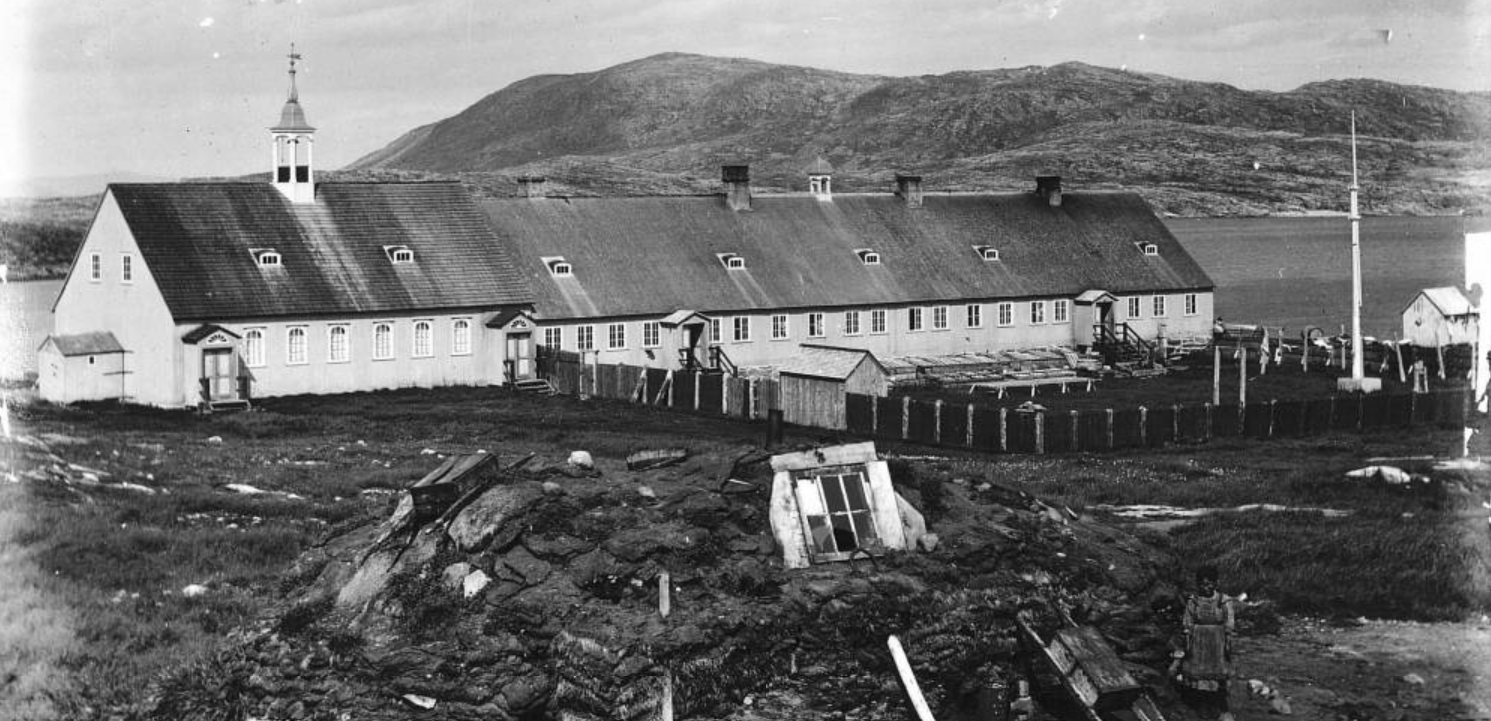Article
Fort St Joseph National Historic Site of Canada
Fort St Joseph National Historic Site, near Sault Ste Marie, Ont, was designated by the Historic Sites and Monuments Board of Canada in 1923 to recognize Fort St Joseph's significance as the most westerly British post and for its importance to the fur trade and to the alliances with First Nations.









